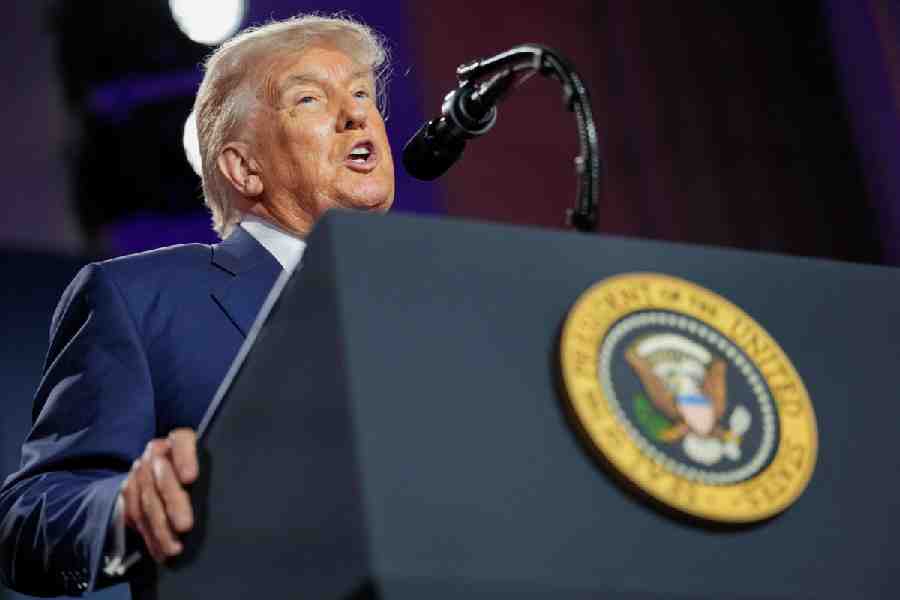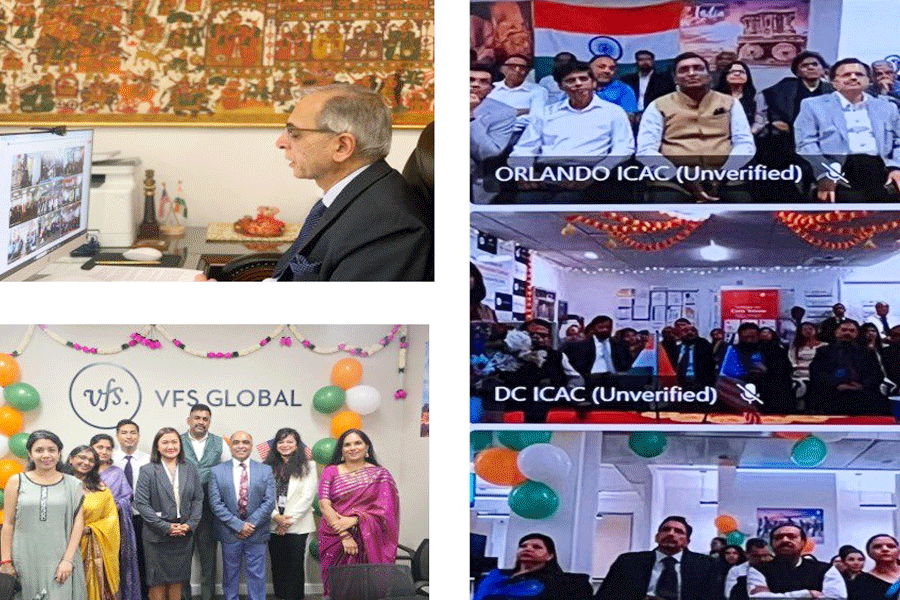Patna, July 12: Archaeological Survey of India (ASI) would send a report on the serial blasts at Mahabodhi Mahavihara to United Nations Educational, Scientific and Cultural Organisation (Unesco).
Sources claimed that once the Bodhgaya Temple Management Committee (BTMC) or the state government submits its report on the blasts and their impact on the World Heritage structure to ASI, it would forward the same along with its own assessment to Unesco.
Janhwij Sharma, director, conservation and world heritage section of ASI, arrived in Bodhgaya on Friday and inspected the 10 blast spots before holding a meeting with the BTMC.
Sources claimed that Sharma said the explosions in and around the shrine on July 7 have not caused any damage to the original structure. Teams from ASI’s Patna circle, which visited the the shrine twice after the blasts, made similar observations.
“According to Sharma’s assessment based on spot inspection, no damage has been caused to the original structure of Mahabodhi Mahavihara except for a wall of one of the modern structures behind the main temple. A portion of the plaster on that wall has come off. Since it is a modern structure, it can be restored even without ASI’s assistance,” said a source in the ASI.
In the wake of the serial blasts, ASI is also contemplating to take up major restoration work on the railing around the main temple on a priority basis. Constructed between 1975 and 1986, the railing comprises several ancient Asokan pillars (dating back to BC 3rd century) that have worn out at many places. ASI, acting on BTMC’s request, is going to replace the modern cemented construction with sandstone.
The Union Government, while submitting the nomination of Mahabodhi temple complex as a World Heritage Site, had proposed the identification of core area in a radius of 1km and a buffer area in a radius of 2km from the outer boundary wall of the shrine premises. The core area spreads across 12 acres comprising the main temple, the Bodhi tree and six other sacred spots inside the shrine premises, where Buddha meditated after attaining enlightenment.
The proposals included were that no new structure would be permitted in the 1-km buffer area except those vital for religious uses designed sympathetic to the site and only single-storey structures. No new building exceeding a height of 44ft was proposed to be permitted in the 2-km buffer zone. Sources said such zones have not yet been officially implemented.










